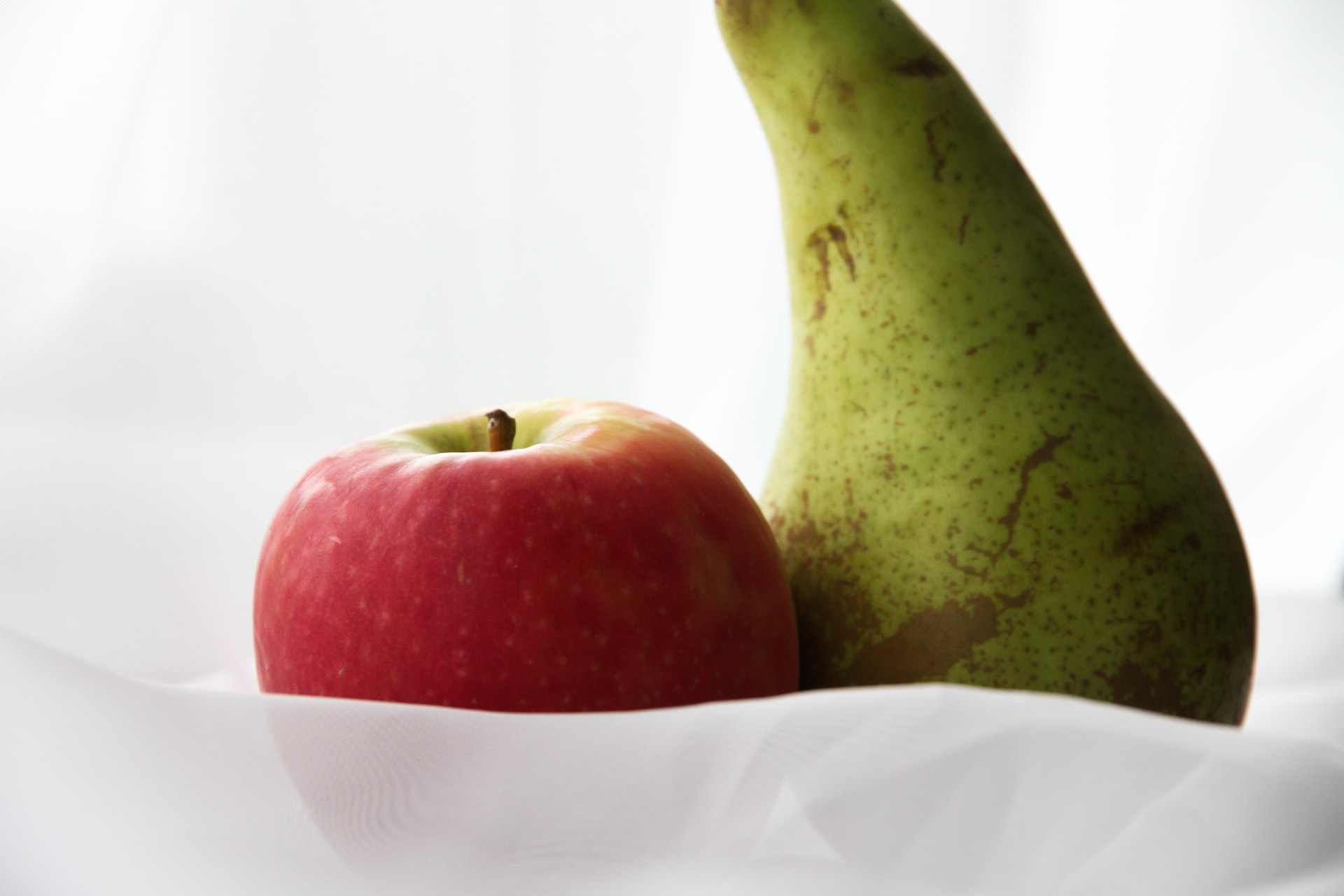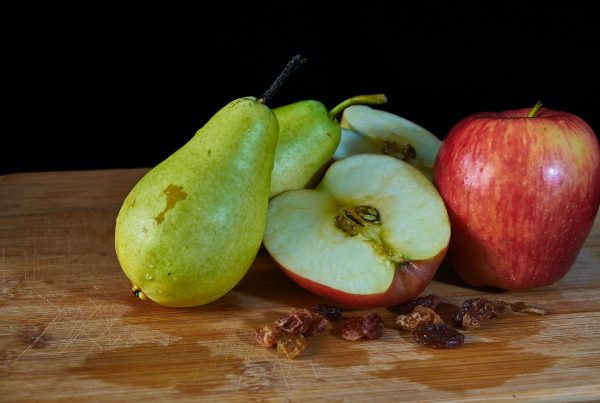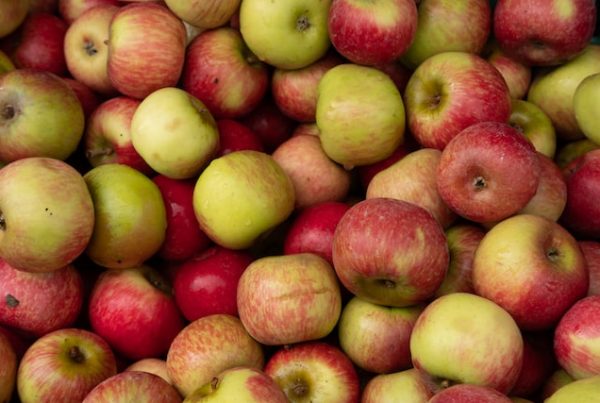Newsletter 143 – 11.22.2022
The southern apple and pear season that is coming to an end end turned out to be more than complicated. Overseas shipments in particular suffered sharp falls. All countries, with the exception of South Africa, exported lower volumes than in previous years. This adds to unsatisfactory prices and the sharp increase in costs. This combo led to economic results being generally meager.
European Union
Europe was originally the main destination, but it is the one that in recent years was retracted. In the last 10 years, apples and pears to the old continent were reduced by half. In 2022 only 15% of southern apples and 23% of pears headed to Europe. In 2013 it was still 36 and 42% respectively.
Among the reasons for the fall of interest in southern pomes are: the expansion of local production, higher imports from Eastern Europe, better conservation methods, turning to the local ones and fall in consumption. Especially apples are suffering this evolution, being just some varieties and categories that are currently demanded by European importers. The 2022 campaign followed the trend of the previous years. When it started there were important stocks. Especially the expansion of the local Gala, is increasingly reducing the possibilities for the southern ones. There is also no great interest in other bi-colored and even less for traditional ones. The only variety that has a certain success is the Pink Lady. They arrive in Europe, when there are no local stocks and chains are looking for them to complete their program. This year the campaign began well, but soon also suffered under general apathy and the fall of consumption that are characterizing the apples market in Europe. Although it was sent in lower volumes than expected, it was difficult to sell them.
The expectations for the pears were different from those of apples. A very good season was forecast, since the stocks were low in the face of strong productive decline in Italy. An early completion of the Abate campaign was expected. But in February, with the outbreak of war between Russia and Ukraine, the panorama changed radically. The volumes of local pears, originally destined to Russia, were overturned to low prices to the European market. The southern countries faced unexpected competition. On the other hand, the greatest shipments of Abate from the southern hemisphere, they did not find the expected echo. Therefore, the second part of the campaign was extremely complicated at low sales and very bad prices.
Russia
Russia is usually an important buyer, especially for pears, acquiring 20% of southern shipments. In the case of apples, its importance is declining due to the growing competition of local production and its neighboring countries. In recent years, only 5% of southern apples were sent to Russia. With the outbreak of the war the situation was chaotic, shipments were interrupted. Then, with enough difficulties, obstacles were overcome, but despite this the shipments were much lower than normal. In the case of pears, export fell 30 to 40% compared to the previous years; in apples more than 60% fell. All southern countries were affected, sending much less than usual.
United States
USA is not a great buyer of southern apples and pears. This is because it has a huge national production. Several of the states have a great production, giving in recent years a productive expansion and varietal renewal. As in Europe, improvements in fruit conservation, as well as a consumer trend to prefer the local, markedly reduced the opportunities of southern apples and pears. Currently only some varieties, qualities and organic result attractive to the American customers.
The season was relatively normal. The volumes of pears that were imported were similar to the average of recent years. In the case of apples, the decreasing trend of imports continues.
Asia
In recent years, market losses suffered in Europe and North America were compensated by the strong growth that was recorded in Asia. The improvement in the standard of living of the countries of the region and the enthusiasm for Western food, led to a strong increase in apples imports and to a lesser extent also of southern pears. In the last 3 years, 20-22% of the apples exported by the southern hemisphere went to Asia. With this participation, it exceeded Europe. In the case of pears, Asia is less marked, although it also shows an upward trend. Currently 5-6% of the total exported by the southern countries ends in the Asian markets.
Pandemic seriously affected Asia trade in 2020, recovering in later seasons. This year the volumes, both apples, and pears, surpassed those of 2021 and even more than 2020. Within Asia the largest buyer is China; but also southeast is a very attractive destiny. Here are Vietnam, Taiwan and Thailand. In Central Asia, India and Bangladesh the growing markets for southern apples.
The main southern supplier is New Zealand that provides half of the apples that the region buys. For New Zealand Asia became its main client. 15 years ago I sent 70% to Europe, having a total dependence with the old continent, and only 15% to Asia. Today the relationship is very different; 18% goes to Europe and more than 50% to Asia. The change of destiny strongly affected the varietal composition of exports. The success of the Gala, is largely explained by the migration of exports to Asia. The Pacific group also bases its expansion thanks to the markets of the Far East.
The second supplier is South Africa that sends increasing volumes of apples. In turn, it is the main supplier of the southern pears. Chile and Brazil also participate in this trade. But this year the high transport costs were felt. Given the highest incidence of logistics cost, both countries reduced their shipments with respect to other years.
Latin America
The higher costs of shipments to overseas and the fall of interest of buyers from the north, led to revalue Latin American destinations. This trend was already giving in recent years, but it was accentuated in the current campaign. Argentina was able to keep its shipments, while Chile managed to increase them again.
The countries that import the largest volumes of pomes are Brazil, immediately followed by Colombia and Ecuador. Other destinations are Peru, Paraguay, Bolivia, Mexico and to a lesser extent Central American countries.







